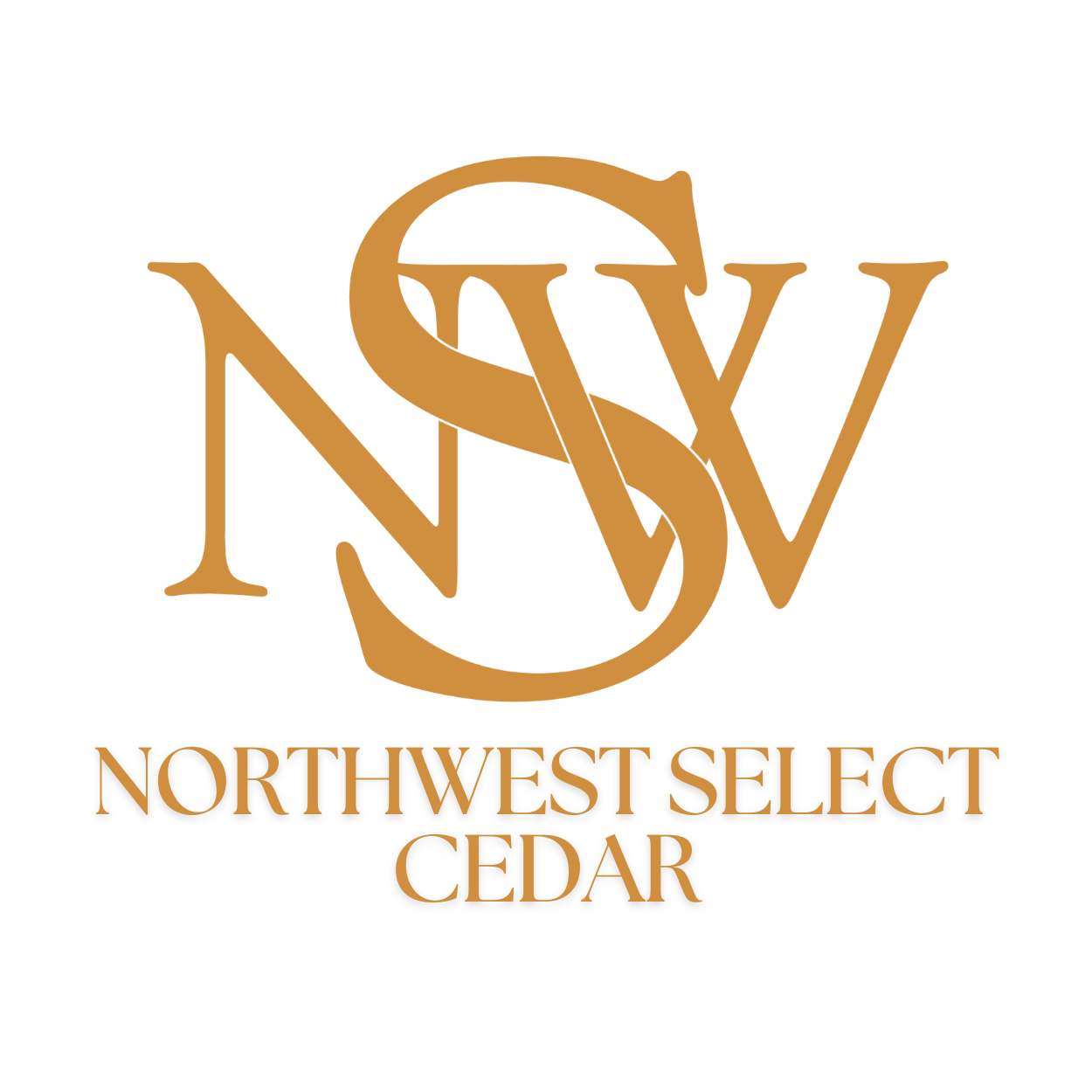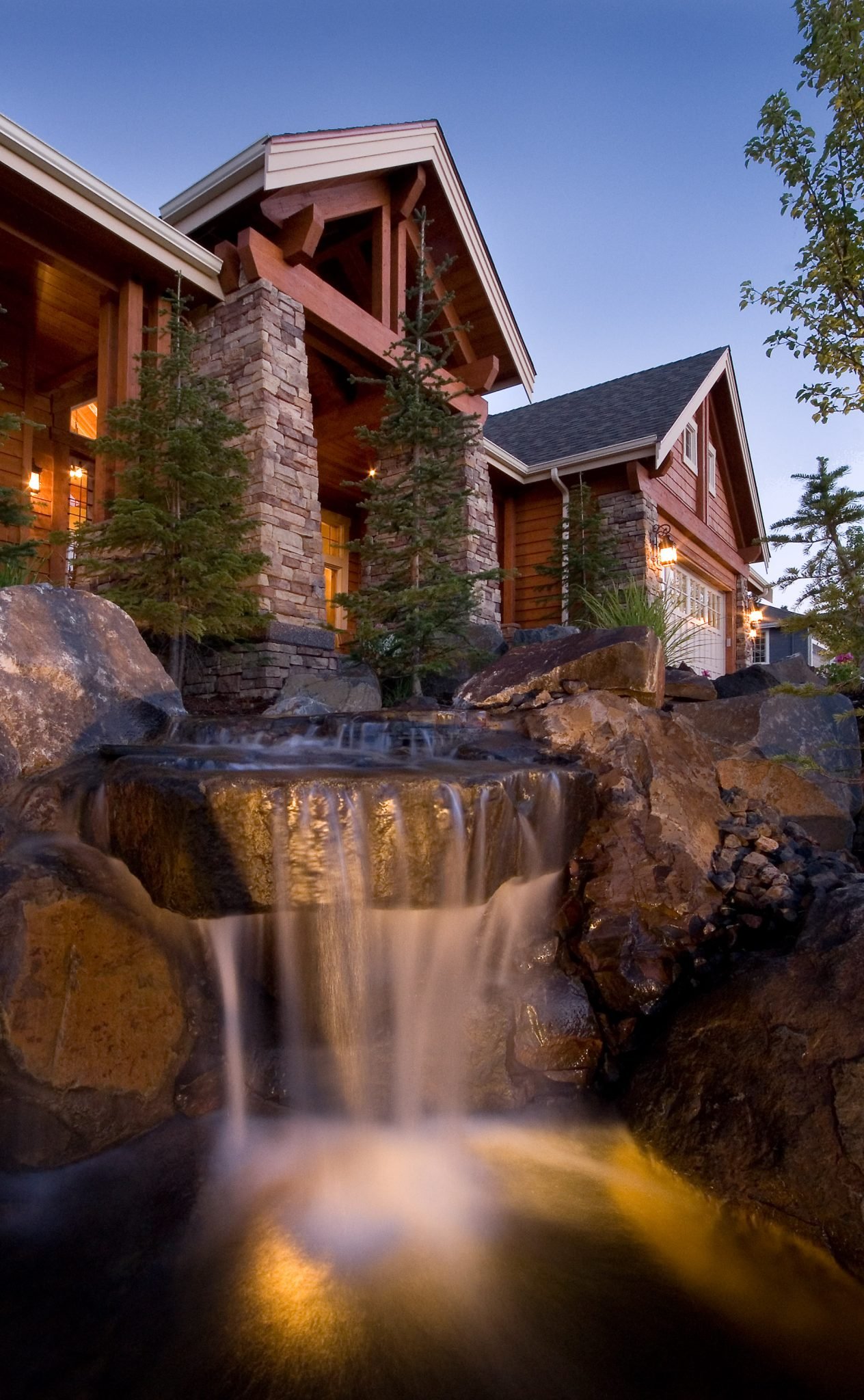
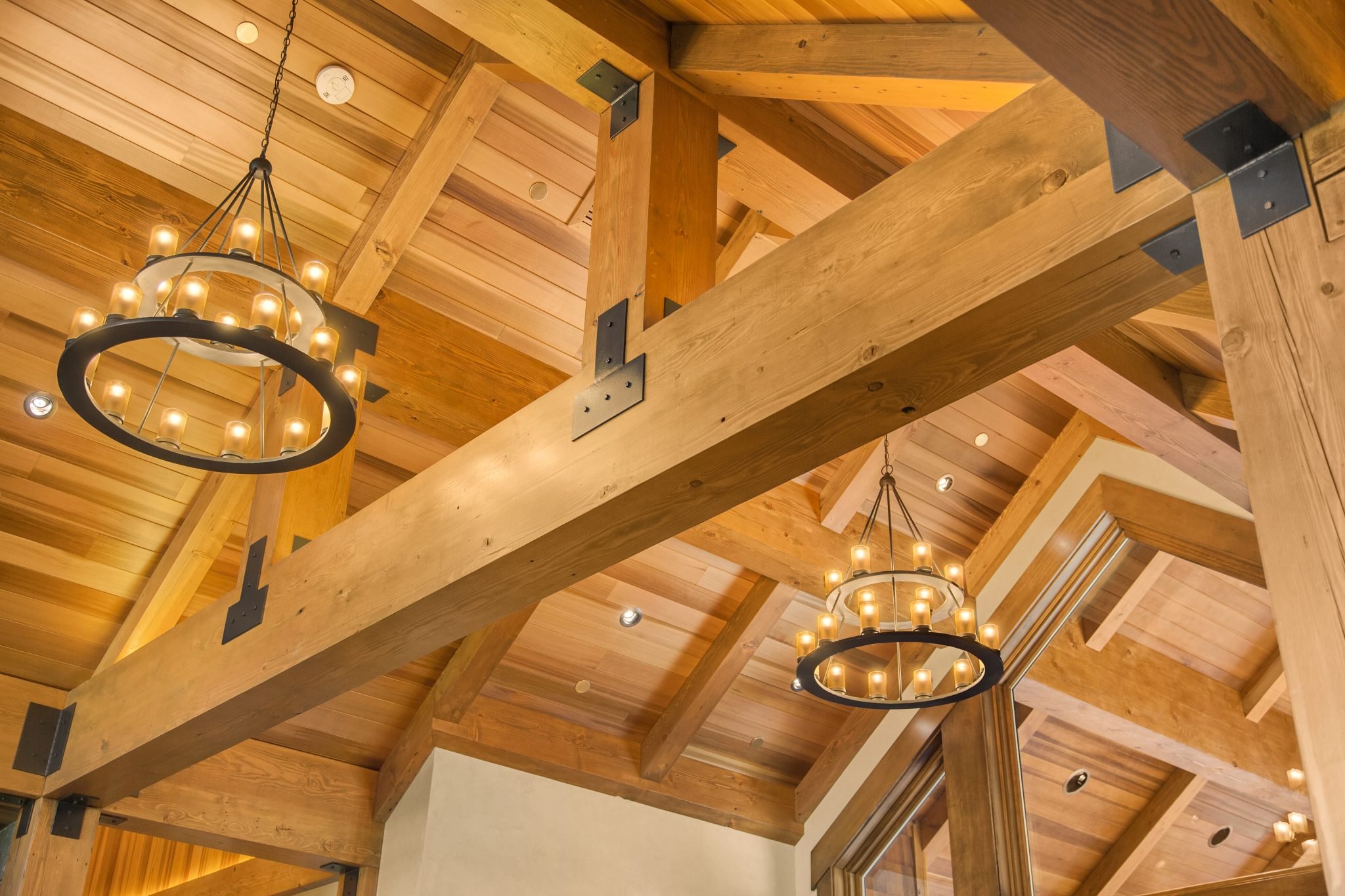
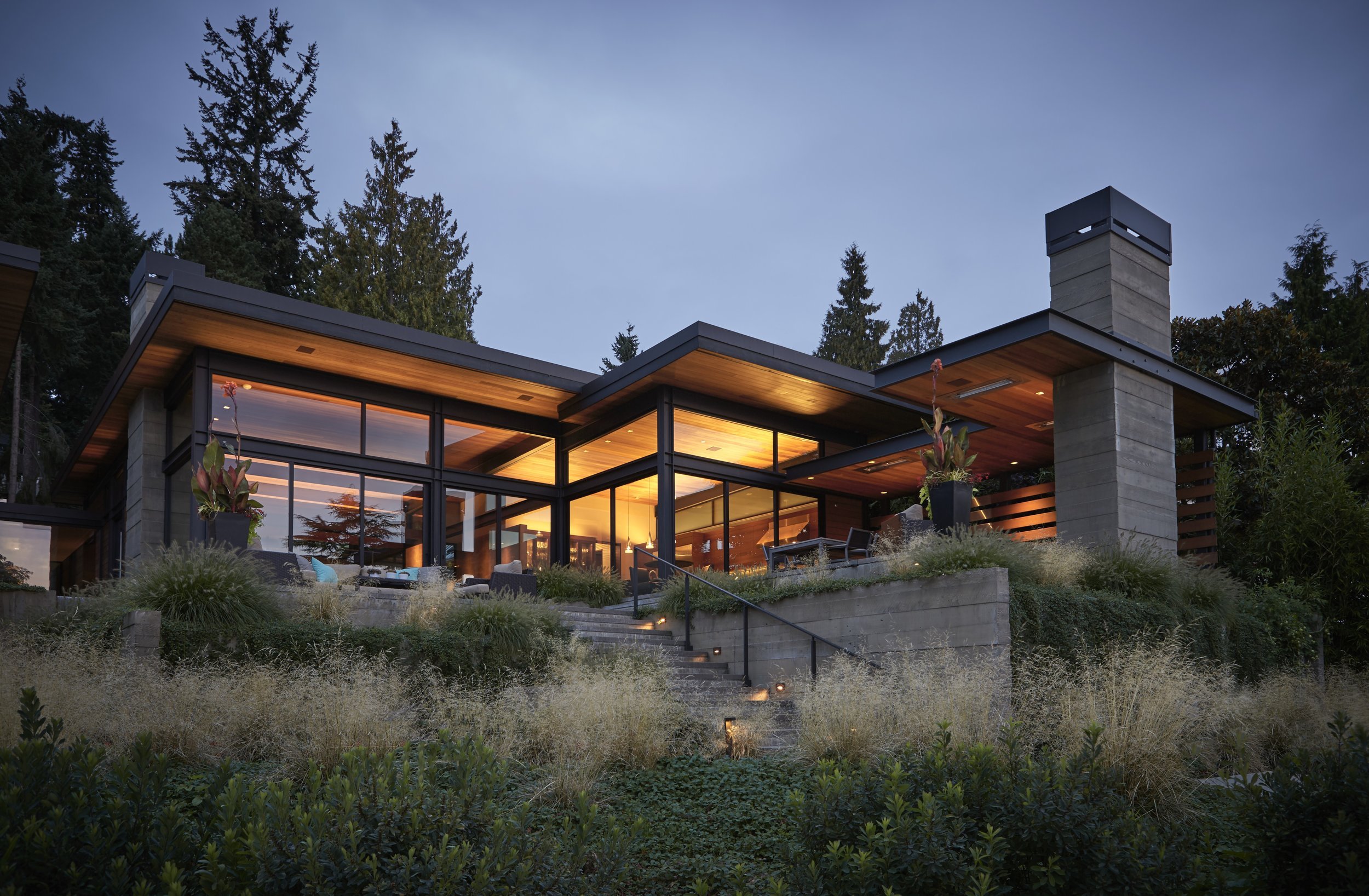
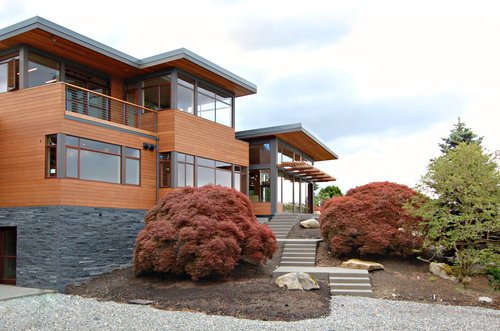

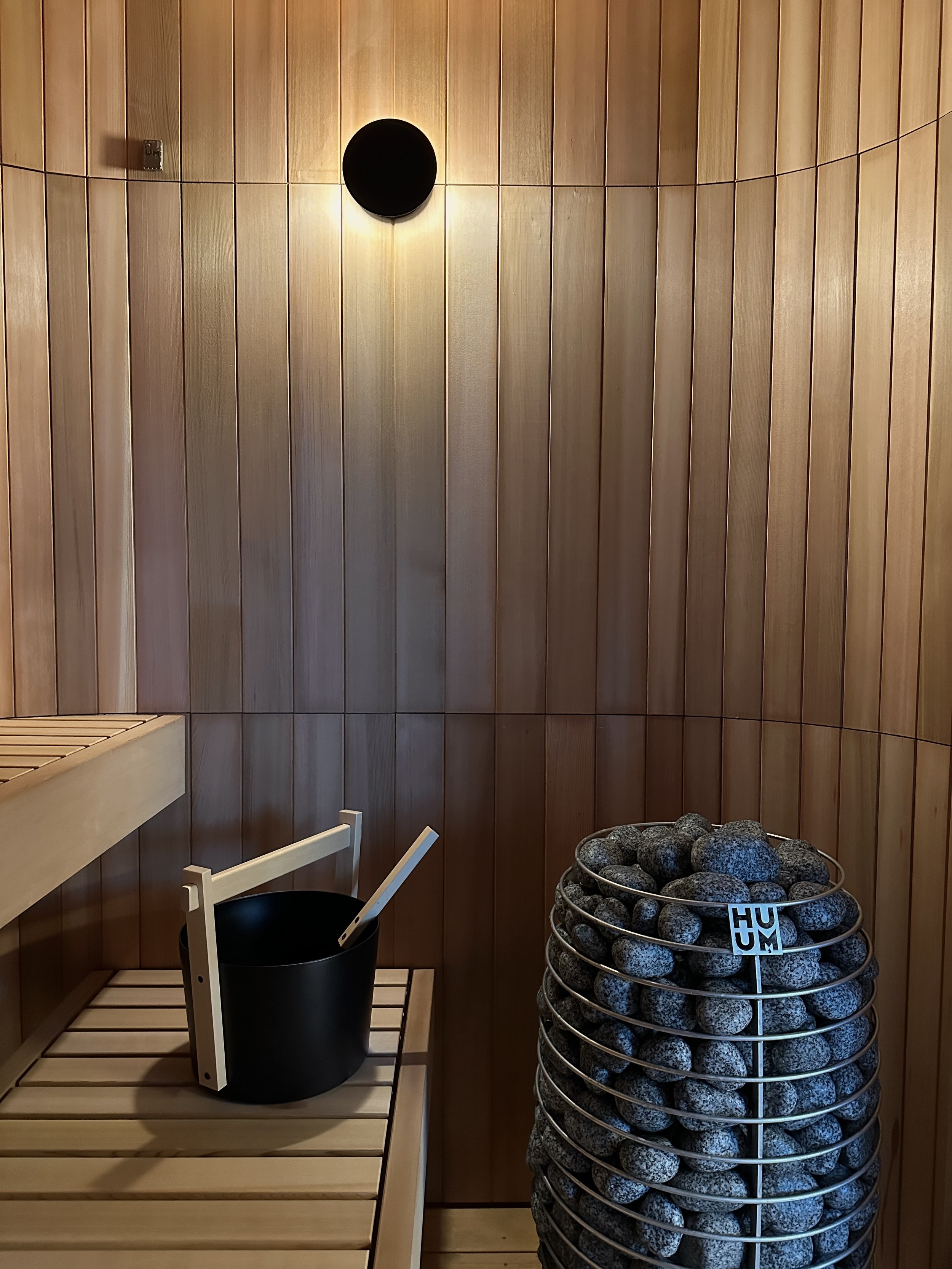
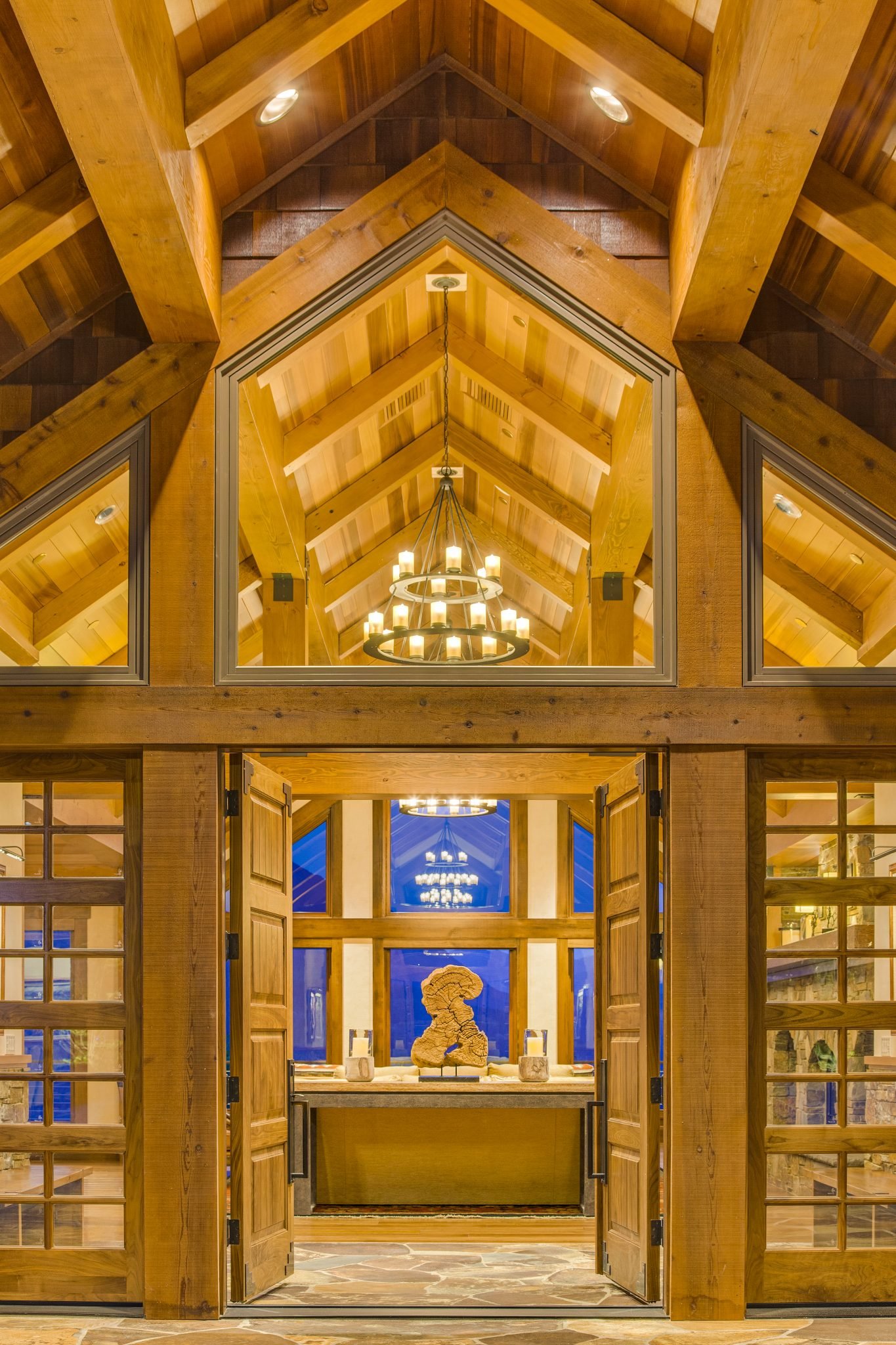
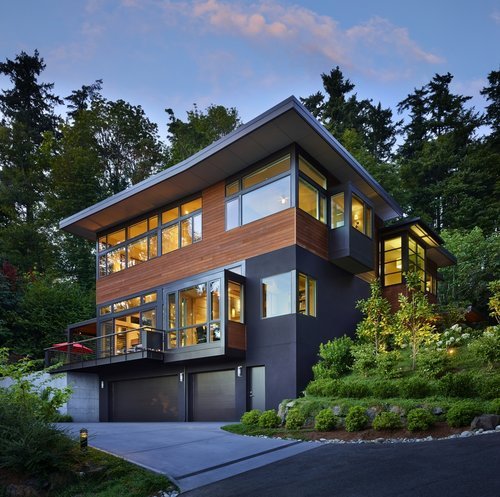


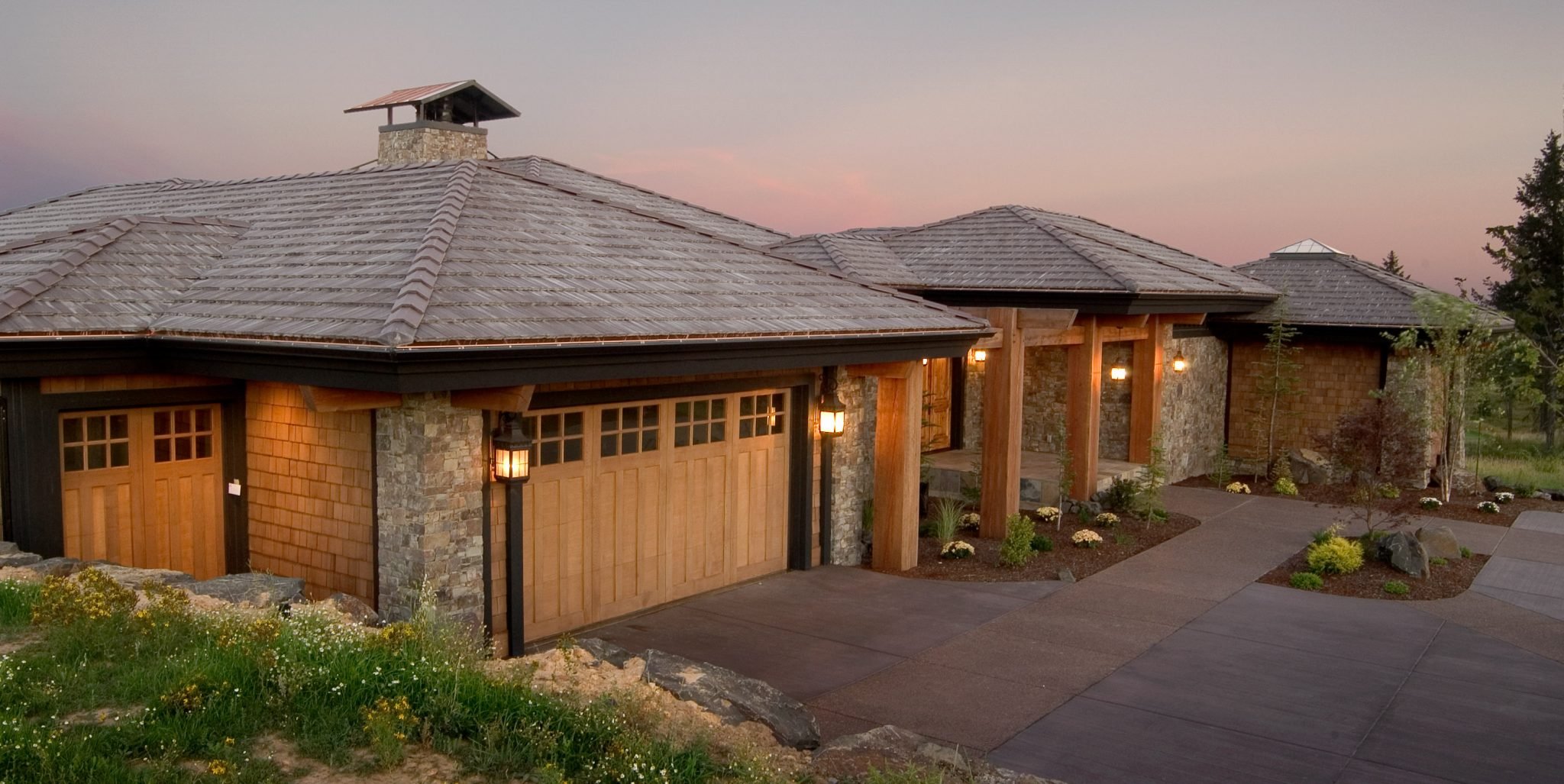
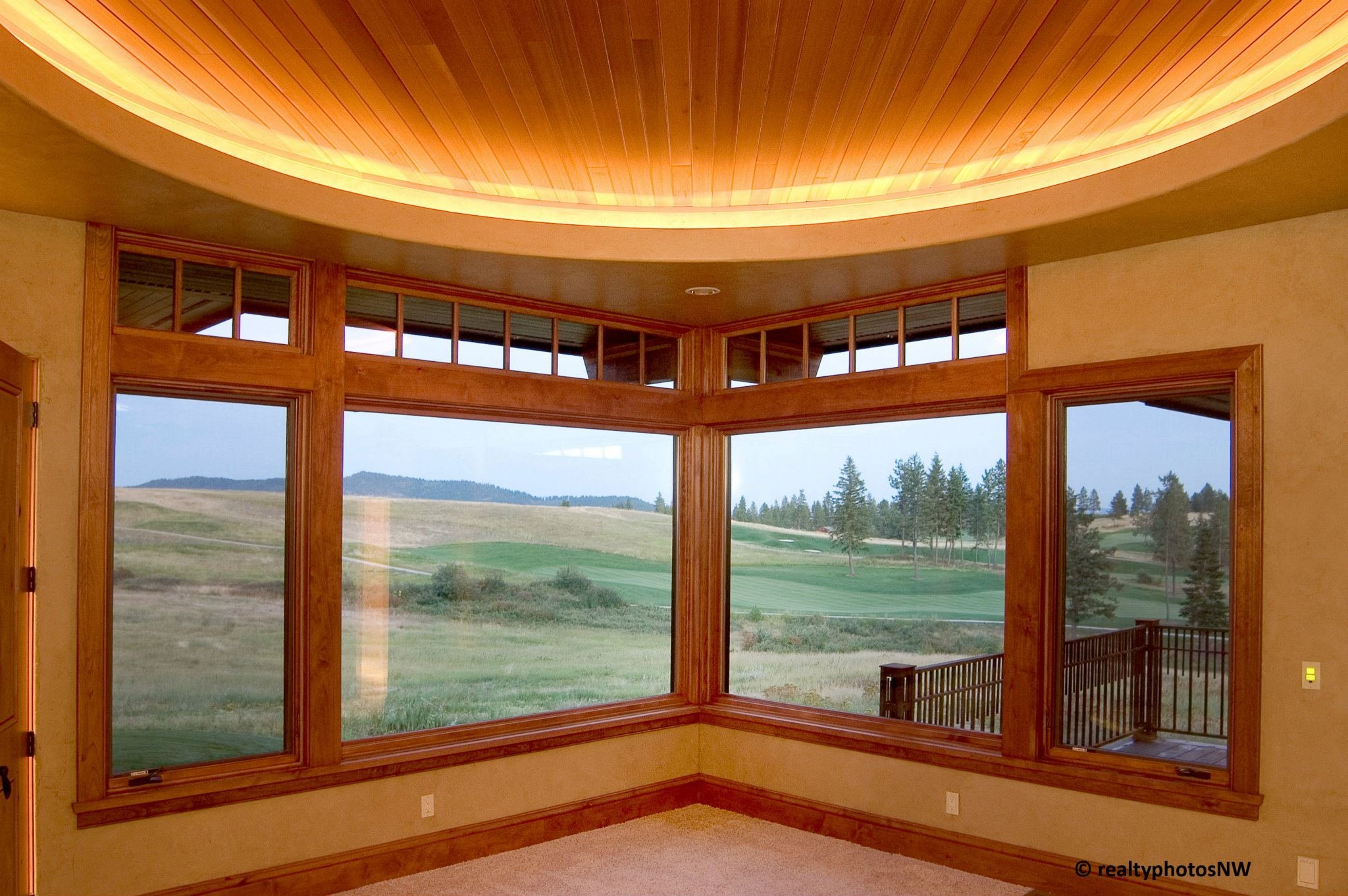
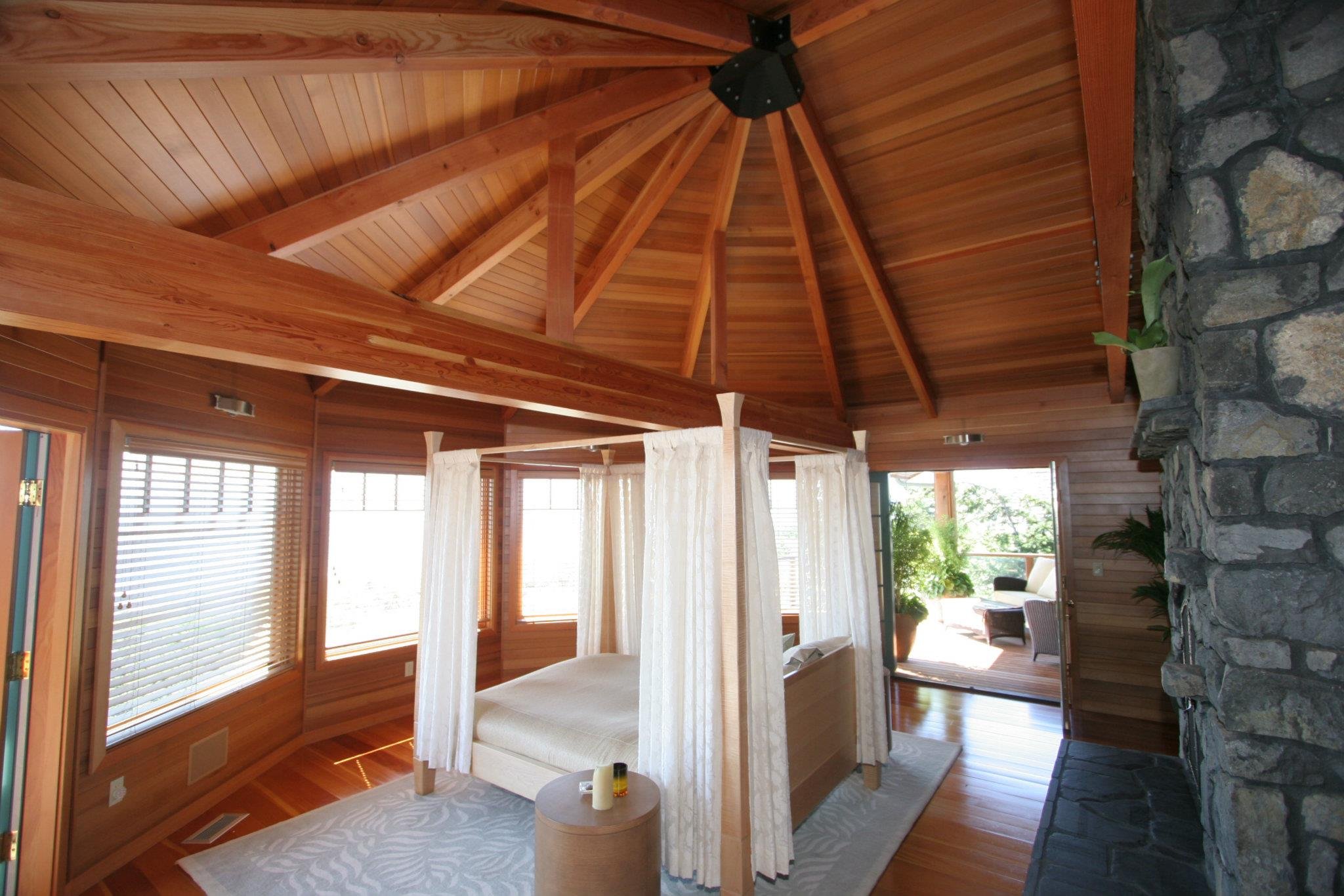
Western Red Cedar, Hemlock, Douglas Fir, & More for Demanding Architects & Builders
"Northwest Select is my first phone call when I have a project that calls for high quality, hand-selected products. I can depend on Jon Purvis and Northwest Select to deliver exactly what we need on time and at a fair price."
Ron Rosenberger
